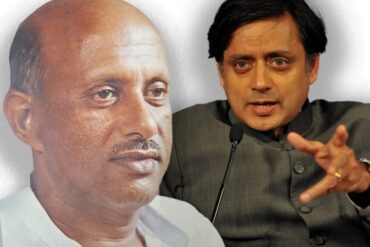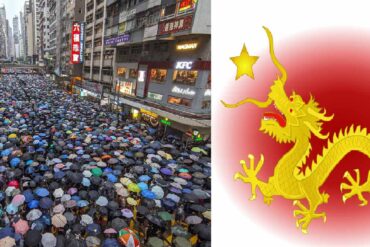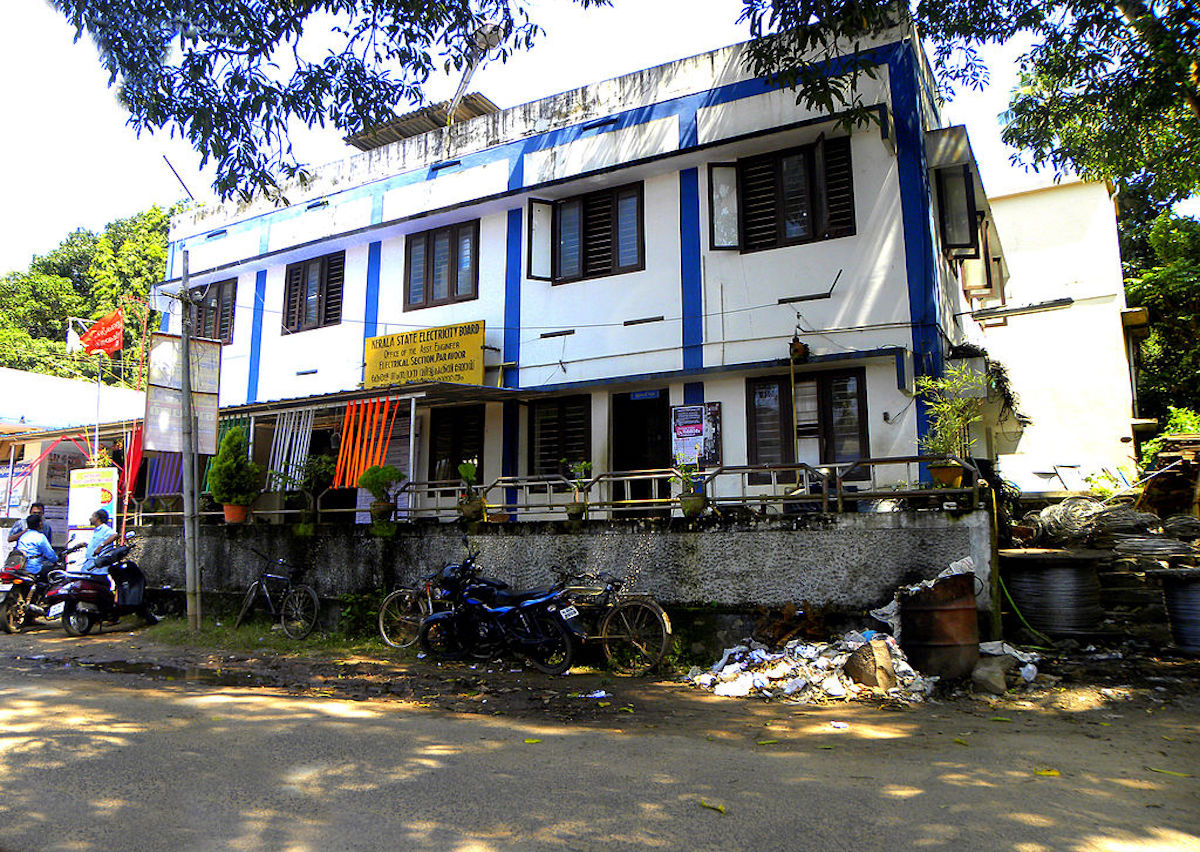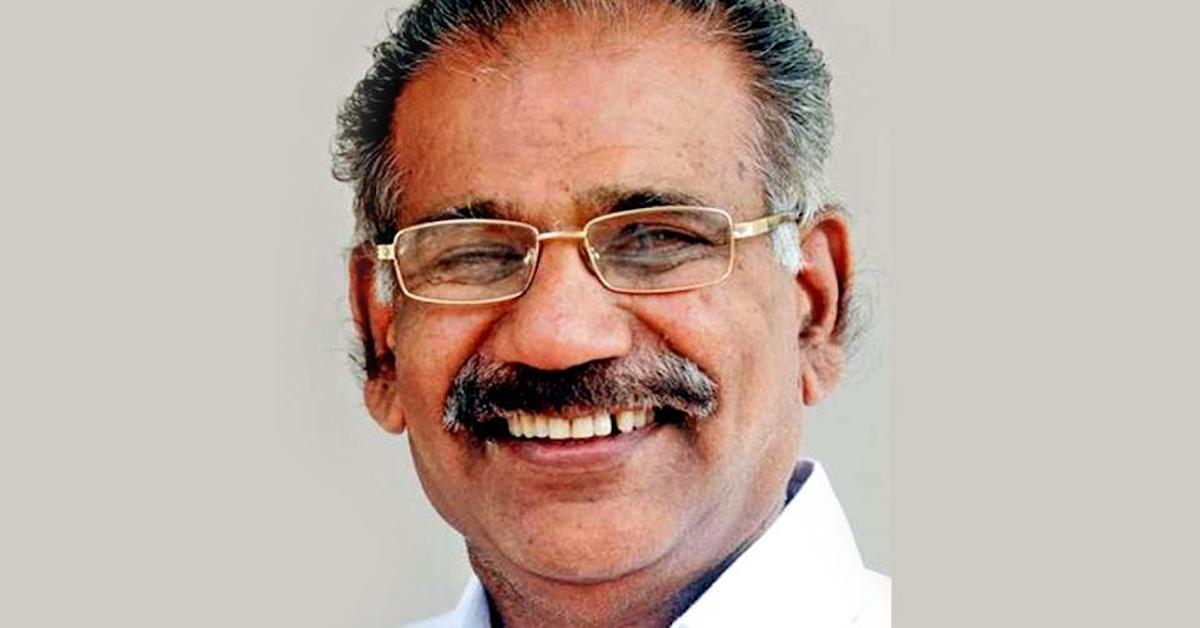Effective today, the Kerala State Electricity Regulatory Commission announced a price hike of 10- 30 paise per unit for those consuming less than 250 units per month and 40- 50 paise hike per unit, for those who consume above 250 units. The KSEB hadn’t made no such demand for a hike in tariff.
The hike comes despite Kerala joining the UDAY scheme which hadn’t envisioned a hike in 2017-2018. According to a tripartite agreement signed between the Union Power Ministry, the state government and KSEB limited, a five percent hike was to take place only in 2019.
The last power tariff hike took place in 2014. The farming sector suffering the brunt of the drought situation, Low tension (LT) and high tension (HT) categories who already pay more than 120 per cent of the average cost of supply and those falling under Below Poverty Line and consuming less than 40 units a month have also been spared from a hike in tariff.
The decision comes after the last revised fares failed to contain the cumulative deficit of INR 4,944 from the years 2012, 2013 and 2014. The current hike would mean that charges for single phase connections will be INR 30 from INR 20, and those for three phase connections will be INR 80 from INR 60.
“The additional revenue from the hike in tariff is to meet the outstanding deficit of nearly INR 1387 crores. However, benefits have been given to reading halls, small libraries and small offices,” says S Venugopal, member of the Kerala State Electricity Regulatory Commission.
While tariff for public lights and traffic signals has increased from INR 3.60 per unit to INR 4.10 per unit, Railway Traction Energy Charge for Kochi Metro has been reduced from INR. 5.10 per unit to INR 4.80 per unit.
According to NS Pillai, Director of Finance, KSEB, “80% electricity for consumption in Kerala comes from outside. The price hike was needed as tariff is the only way to balance the deficit occurred by the state which has been buying electricity from other states. The state Government has signed on an agreement in accordance to UDAY or Ujwal DISCOM Assurance Yojana to control transmission and distribution and recover losses. The State Government cannot take on the responsibility of settling the electricity board’s deficits as the State’s economy itself is weak presently. And hence a hike in tariff was necessary to compensate for that.” He also indicated, that had the State government agreed to settle deficit towards companies selling electricity, a price revision would have been expected only in 2020.
KC Abraham, Academic director of CPPR feels that the price hike is valid as, “Tariff for electricity is low when compared to other states. In view of a poor monsoon, lack of water to generate hydroelectricity has compelled the board to buy electricity form the national grid and hence needs income from tariff to meet the expense. Finally, the State hopes to encourage citizens from consuming less electricity in view of the price hike. But I do not think that the consumption of electricity will decrease. Domestic users who can afford to pay the difference, will continue to use the same amount of electricity. In fact, all homes in Kerala have generators. This means, they store electricity which in a way increases consumption. Therefore, the tariff hike is justified since people aren’t limiting use of electricity or of water. For the tariffs to be regularised, users must be aware and reduce power consumption and reduce wastage or else be ready to pay for it.”
Poor rains in recent years has pushed the State to water shortage in turn creating shortage in electricity generation. At the same time, despite awareness drives, wastage of resources hasn’t gone down. While hike in tariff provides relief to the Electricity Board, will it encourage citizens to reduce wastage?
Cover image courtesy: Arunvrparavur, CC BY-SA 3.0 via Wikimedia Commons







